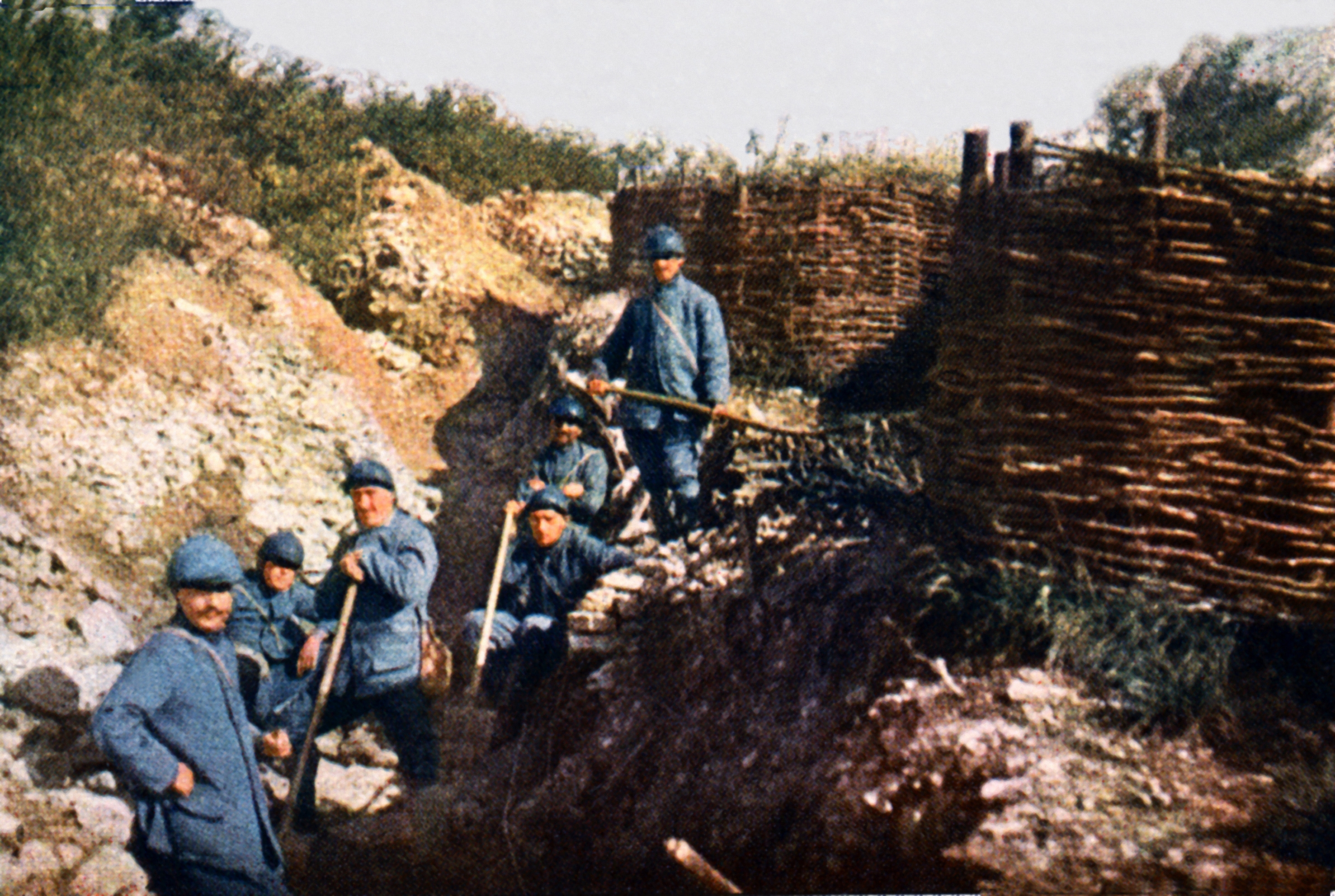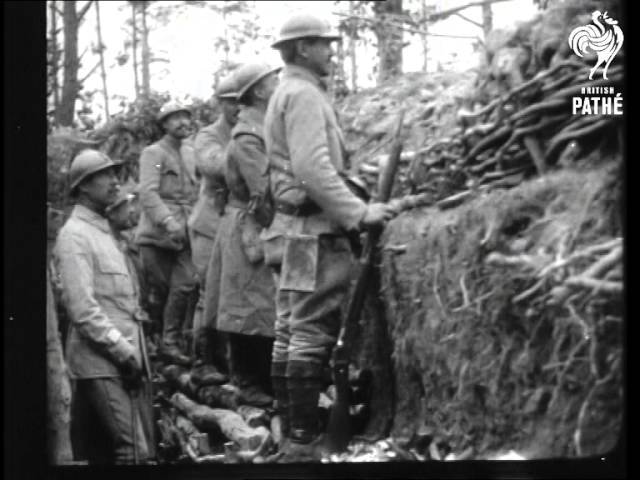
As a result the key feature of the defenses around Verdun had been left empty and toothless and was captured with barely a shot being fired. In the confusion leading up to the initial German attach, the French military had neglected to rearm the fortress and return it to the normal compliment of defenders. Inside they found a small group of French soldiers and maintenance staff. Finding the guns at the fort strangely silent small parties of German soldiers entered the huge building. German soldiers carrying flamethrowers and hand grenades seized French trenches and, by the end of the day, had traveled over three miles towards the city itself whilst receiving negligible casualties.īy 25th February the German infantry had reached the mighty fortress of Douaumont. The German artillery opened fire at 7:15am on 21st February 1916 and over the course of ten hours fired over one million shells before the German infantry attacked. Despite this, however, the German attack was to have fearful repercussions. However, bad weather delayed the German offensive from 12th to the 21st February, thereby giving the French the extra time they desperately needed. As a result the Germans would be able to ‘bleed France white’.īy the time the French realised that Verdun was about to be attacked they were almost too late to adequately prepare. With this theory in mind, Falkenhayn’s objective is often suggested to be the slow destruction of the French army in order to force them to make peace and, as a consequence, rob Britain of its strongest ally.īy launching the attack at Verdun, such a potent French symbol, it is claimed that Falkenhayn knew the French would not be able to abandon the city and would be forced to fight continually to defend it. In many ways 1916 was the year of ‘attrition warfare’ – the act of wearing down an opponent’s army and inflicting as many casualties as possible over a period of time whilst preserving your own force.

The actual aim of Falkenhayn’s attack remains contentious even today. In charge of this attack would be General Erich von Falkenhayn. Yet fighting continued around Verdun until 1918.At the end of 1915 the German military had decided to launch an attack on Verdun for the start of the following year. There were more than 700,000 victims – 305,000 killed and missing and 400,000 wounded (approximately), with almost identical losses on both sides. The 1916 battle ended after ten months of bitter fighting.

It was empty – the Germans had already left.įrom 15 to 18 December, the French attacked again, retaking almost all the land they had lost since 21 February. On 24 October 1916, they recaptured Fort Douaumont and, a few days later, they entered Fort Vaux. In the autumn of 1916, the French counter-attacked. The Germans tried to capture the town one last time, on 11 and 12 July, but they failed again. On 1 July, the British and French launched a major offensive on the Somme, relieving some of the pressure being put on the French troops by the Germans in Verdun. In all, some 4,000 trucks, 2,000 cars, 800 ambulances, 200 buses and numerous vans passed along it.įrom 6 March 1916, the Germans also attacked on the left bank of the River Meuse yet despite furious fighting on Le Mort-Homme in March and April they were unable to breach the French front line.Īt the end of June, having taken Fort Vaux, they launched a massive attack which failed – but only just. He increased the volume of traffic along the Bar-le-Duc to Verdun road, later known as the “Sacred Way”, the only route taking men and munitions up to the battlefield. General Pétain then took command of the troops.

Despite heavy shelling, the French infantrymen (known as “ Poilus”) clung on to their positions and the Germans were unable to advance any further. The French High Command was anxious to retake the fort because of its dominant position high above the battlefield.

During the first few days, the Germans breached the French front lines and captured Fort Douaumont without a fight on 25 February 1916.


 0 kommentar(er)
0 kommentar(er)
